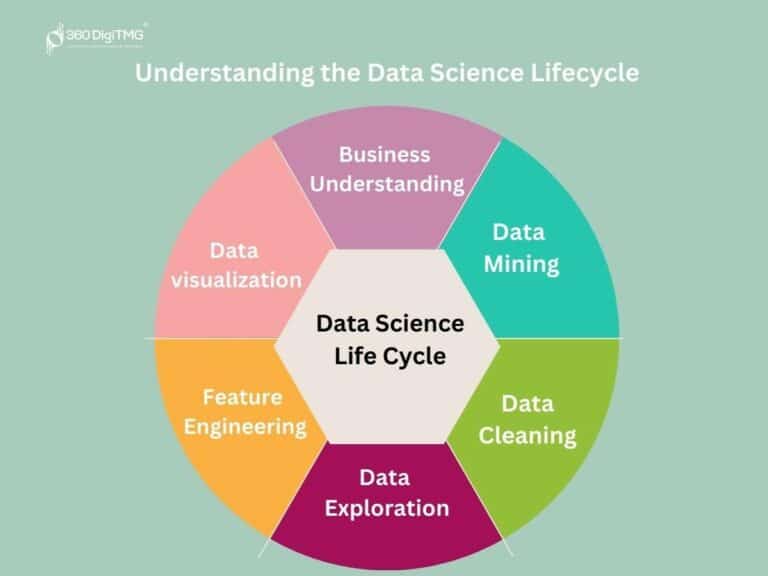In today’s world, online learning is gaining more and more popularity. For organizations, it becomes a way to optimize the training process, increase productivity and increase the availability of training. But how do you create your own LMS or choose lms development services for such tasks? Here is a step-by-step guide.
1. Analysis of needs and requirements
- Deep Dive into Objectives: Before diving into development, take a moment to reflect on your core objectives. Why are you creating this LMS?
- User Demographics: Understand the audience. Are they tech-savvy millennials, or are they traditional learners adapting to the digital age? Knowing your user base will influence many of your subsequent decisions.
- Problem Statement: Pinpoint the challenges and pain points your LMS aims to address. A well-defined problem often paves the way for a refined solution.
2. Choosing a Platform
- From Scratch vs. Existing Frameworks: While developing from the ground up offers unparalleled customization, leveraging platforms like Moodle or Canvas provides a tried-and-tested foundation.
- Cost Implications: Remember, the choice will also have financial implications, both in terms of initial development and ongoing maintenance.
3. Interface Design
- User Experience (UX) First: A well-designed, intuitive interface can drastically reduce the learning curve for users.
- Responsive Design: Ensure the design is fluid across devices – desktop, tablet, and mobile. This ensures accessibility regardless of the user’s preferred device.
4. Core Functionality
- Building Blocks: At its heart, an LMS should facilitate learning. Develop core modules like courses, interactive quizzes, discussion forums, and analytics dashboards.
- Integration Capabilities: A modern LMS should play well with others. Whether it’s integrating with productivity tools, video conferencing software, or third-party content providers, ensure your LMS is not an island.
5. Security
- Data Protection: GDPR, CCPA, and other data protection regulations necessitate stringent data handling and storage practices.
- Regular Monitoring: Implement intrusion detection systems and perform regular security audits. An ounce of prevention is worth a pound of cure.
6. Rigorous Testing
- Beta Testing: Before a full-fledged launch, consider a beta release to a limited audience to gather feedback.
- Iterative Approach: Use feedback loops to continuously refine and enhance the system based on real-world user experiences.
7. Training and Support
- Onboarding Webinars: Facilitate smooth transitions for users with dedicated training sessions.
- 24/7 Support: Whether it’s a simple query or a technical glitch, ensure users have a support system they can rely on.
8. Staying Current with Updates and Upgrades
- Regularly Monitor User Feedback: Your user’s needs will evolve; ensure your LMS does too.
- Technology Stack: Stay abreast of technological advancements. Migrate to newer, more efficient tools and platforms when necessary.
Conclusion
Venturing into the realm of LMS development is no small feat. It demands meticulous planning, profound understanding of user needs, and a relentless commitment to excellence. However, the end product – a platform that empowers learners, simplifies training, and paves the way for a culture of continuous learning – is worth every ounce of effort. By adhering to this holistic guide, you position yourself to craft an LMS that resonates with the contemporary demands of the online learning ecosystem.












